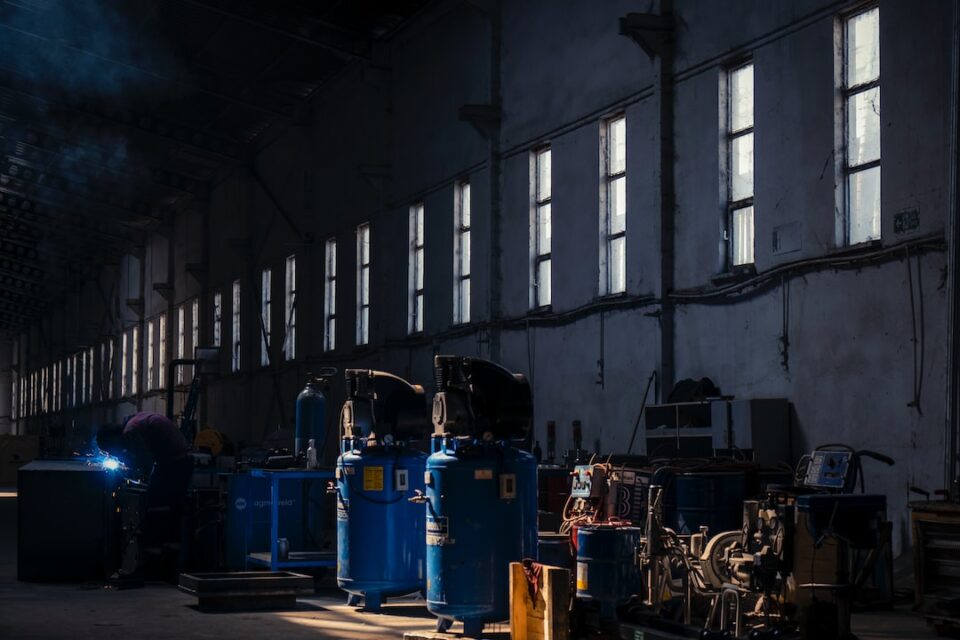Additive Manufacturing: Exploring the World of 3D Printing
In recent years, 3D printing has become a hot topic and a game-changer in the manufacturing industry. Also known as additive manufacturing, this revolutionary technology allows for the creation of three-dimensional objects by layering materials on top of each other based on a digital design. It has transformed the way we produce goods, revolutionizing industries ranging from automotive and aerospace to healthcare and fashion. In this blog post, we will delve deeper into the fascinating world of additive manufacturing and discuss its impact and potential applications.
To understand the essence of 3D printing, let us first take a closer look at its fundamental process. Unlike traditional manufacturing methods that involve subtractive techniques, which remove material from a larger block to create a desired shape, 3D printing utilizes an additive approach. The process begins with a digital file that serves as a blueprint, guiding the printer as it deposits thin layers of material one after another. These layers fuse together to form a solid object, accurately replicating the design specifications provided. This level of precision and flexibility is what sets 3D printing apart from conventional manufacturing methods.
One of the major advantages of additive manufacturing lies in its ability to produce complex geometries that were previously difficult or impossible to achieve. Traditional manufacturing processes often struggle with creating intricately designed structures, resulting in the need for additional assembly or the production of multiple, separate components. With 3D printing, these limitations are mitigated, as the technology enables the creation of complex shapes and internal structures in a single print. This opens up a world of possibilities for designers, enabling them to create innovative products with improved functionality and aesthetics.
Another significant benefit of additive manufacturing is its ability to reduce waste and optimize material usage. Traditional manufacturing methods tend to generate a significant amount of waste material in the form of leftover scraps or shavings. In contrast, 3D printing only uses the exact amount of material needed for the object being fabricated, minimizing waste production. Moreover, the ability to recycle and reuse the raw materials used in the 3D printing process further enhances its sustainability and cost-effectiveness.
The applications of additive manufacturing are immense and continue to expand rapidly across various industries. In the field of healthcare, 3D printing has facilitated tremendous advancements. It has enabled the creation of custom-made prosthetics, implants, and even human organs. By using a patient’s medical data, doctors and engineers can design and fabricate personalized solutions that fit the individual’s exact needs. This not only improves the patient’s quality of life but also reduces the cost and time associated with traditional manufacturing methods.
Additive manufacturing has also revolutionized the production of spare parts. In certain industries, such as aerospace, the availability of spare parts can be crucial to maintain operations. However, sourcing and storing spare parts can be a logistical challenge. With 3D printing, companies can simply store digital files of spare parts and produce them on demand, eliminating the need for costly and space-consuming physical inventory. This approach reduces downtime and increases efficiency, benefiting both the manufacturers and end-users.
Moreover, additive manufacturing has also found its way into the world of fashion and design. Designers are now utilizing 3D printing to create unique and intricate fashion accessories, jewelry, and even entire garments. By leveraging the technology’s ability to combine different materials and create complex shapes, designers can push the boundaries of their creativity and deliver avant-garde, one-of-a-kind creations.
While additive manufacturing has made significant strides, there are still challenges and limitations to overcome. One of the major hurdles lies in the materials used for 3D printing. Although the range of available materials is constantly expanding, it still falls short in terms of variety and performance compared to traditional manufacturing materials. Researchers are actively working to develop new and improved materials suitable for additive manufacturing to address this issue and unlock its full potential.
As technology continues to evolve, we can expect additive manufacturing to play an increasingly important role in numerous industries. Its versatility, efficiency, and sustainability make it a valuable tool for the future. From the production of intricate jewelry to the creation of functional human organs, the possibilities are endless. The world of 3D printing is continuously unfolding, offering limitless opportunities for innovation and progress. Embracing this transformative technology will undoubtedly shape the future of manufacturing for years to come.

